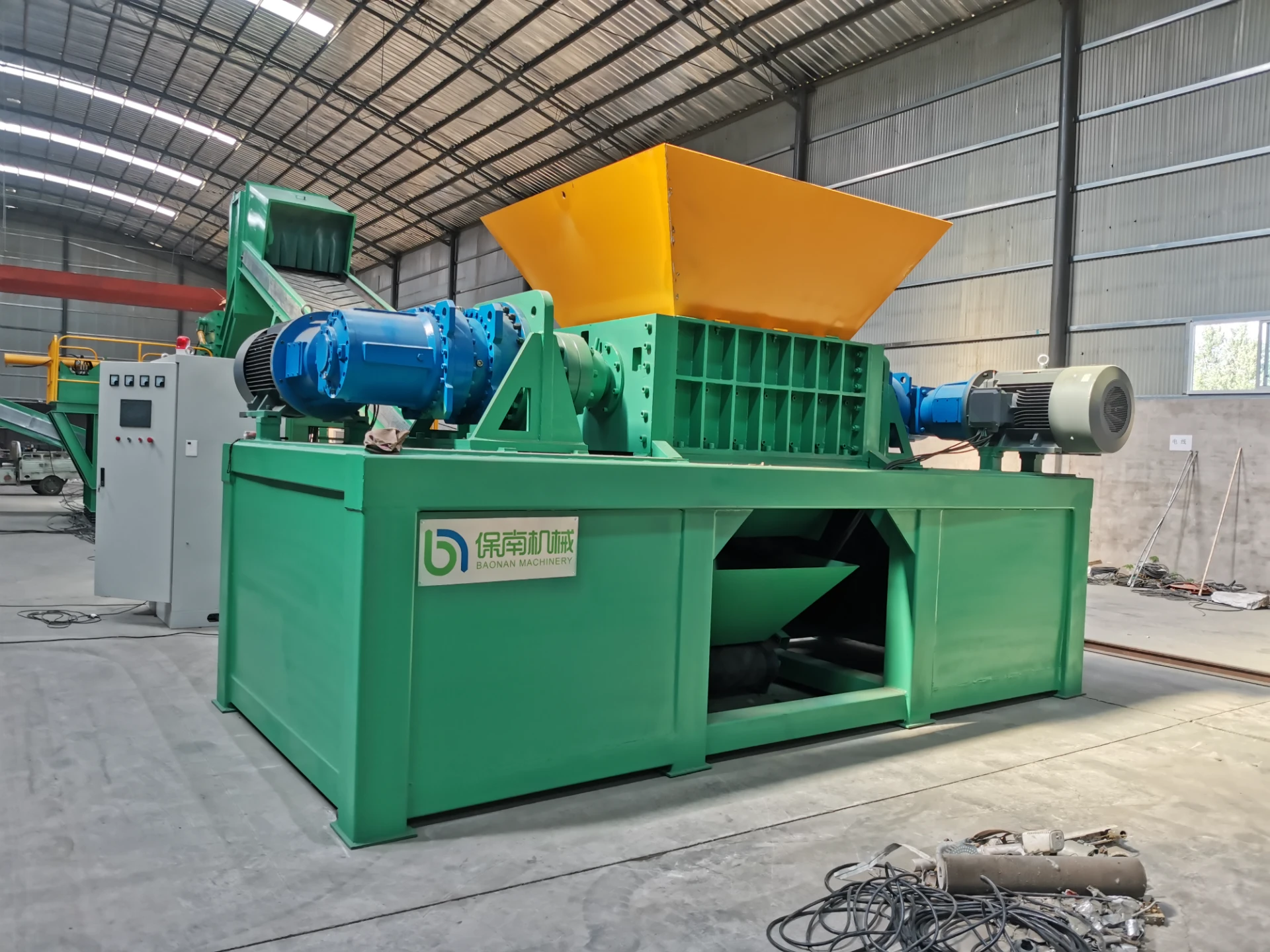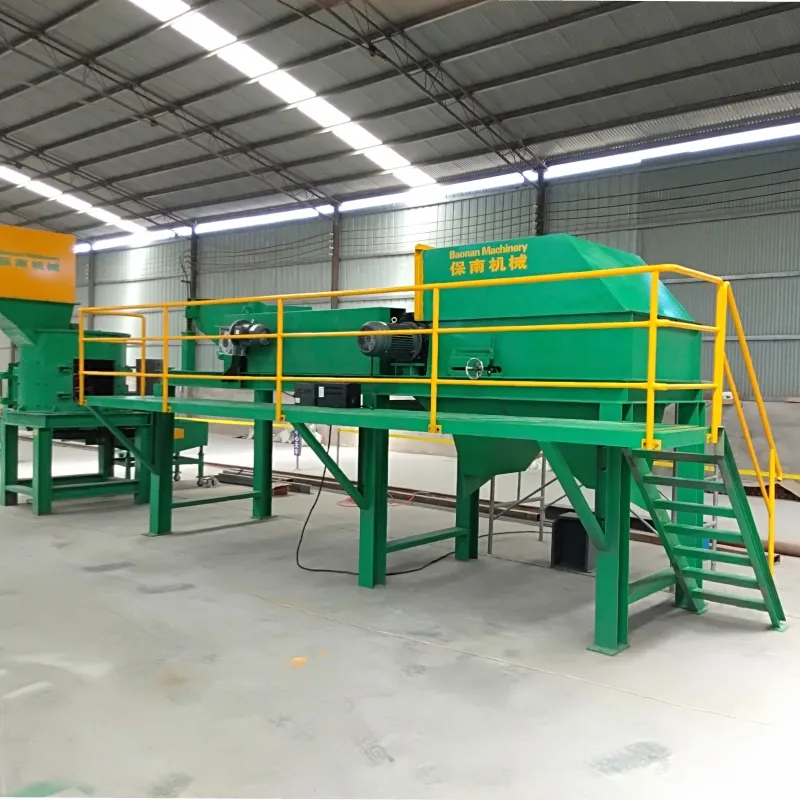Launching a steel recycling plant requires not just a significant financial investment but also a clear understanding of various intricate cost components. This guide delves deeply into the multifaceted costs associated with establishing such a facility, combining real-world insights, professional expertise, authoritative sources, and credible metrics to provide a comprehensive picture.

Steel recycling forms a cornerstone of sustainable industrial practices, and its economic implications are substantial. However, for a steel recycling plant to be economically viable, understanding the startup and operational costs is crucial. These expenses can be categorized into initial setup costs, operational expenses, regulatory compliance costs, and unexpected contingencies.
Initial Setup Costs

The foundation of any steel recycling plant is its infrastructure, which involves costs such as land acquisition, construction of the plant, and installation of machinery. The price of land varies significantly depending on location; industrial areas with good transport links are ideal but come at a premium. Construction costs include designing facilities to accommodate different recycling processes, storage, and handling areas, which can quickly amount to millions of dollars.
Machinery and equipment are pivotal, and their prices are influenced by capacity, technology, and brand. High-efficiency machines might have a steeper upfront cost, but they save energy and maintenance expenses in the long run. Investing in state-of-the-art technology not only enhances operational efficiency but also ensures competitiveness in the market.
Operational Costs
Daily operations incur ongoing expenses including labor, utilities, maintenance, and feedstock procurement. Hiring skilled labor to manage the plant is essential; these professionals require competitive salaries that align with industry standards. Employee training and continual development also add to the costs, yet they are crucial for maintaining high operational standards.
Utilities such as electricity and water, vital for processes like shredding and melting, can be particularly costly if not managed efficiently. Installing energy-efficient systems can mitigate some of these expenses. Furthermore, a continuous supply of scrap metal is required; this cost can fluctuate based on market conditions, making budget forecasting challenging but necessary.
Regulatory Compliance Costs
steel recycling plant cost
Operating a steel recycling facility mandates adherence to environmental regulations and industry standards. Complying with these involves expenses related to acquiring the necessary permits, regular auditing, and updating plant operations to meet evolving legislation. Failure to adhere to regulations can result in significant fines, making compliance a non-negotiable aspect of the budget.
Investments in emissions control equipment, waste management, and safety systems not only ensure compliance but also promote the plant’s image as an environmentally friendly and responsible entity. These measures can be initially costly but they mitigate risks associated with legal penalties and enhance business reputation.
Unexpected Contingencies
Despite careful planning, unforeseen challenges frequently arise, and setting aside a contingency fund is essential. These might include breakdowns of machinery, sudden hikes in feedstock prices, or abrupt regulatory changes necessitating immediate capital outlay. A robust financial strategy accounts for these variables, safeguarding the plant against potential disruptions.
Expert Insights and Future Trends
Industry experts emphasize the importance of integrating technological advancements such as AI and machine learning into recycling operations. These technologies offer predictive maintenance and enhanced resource efficiency, ultimately reducing long-term costs. Staying abreast of technological trends ensures that the plant remains competitive and cost-effective.
Furthermore, establishing partnerships with suppliers and customers can stabilize costs. Long-term agreements can secure more favorable pricing and reliable supply chains, reducing the volatility seen in spot market purchases.
Conclusion
Investing in a steel recycling plant presents both opportunities for profit and challenges in managing costs. By breaking down the financial landscape into essential categories and planning for variability, companies can better navigate the complexities of this industry. Leveraging professional expertise, adhering to regulations, and embracing innovation are the cornerstones of establishing a successful and financially sound recycling operation. Building not just a recycling plant but a comprehensive, sustainable business model ensures longevity and profitability in the ever-evolving recycling sector.


